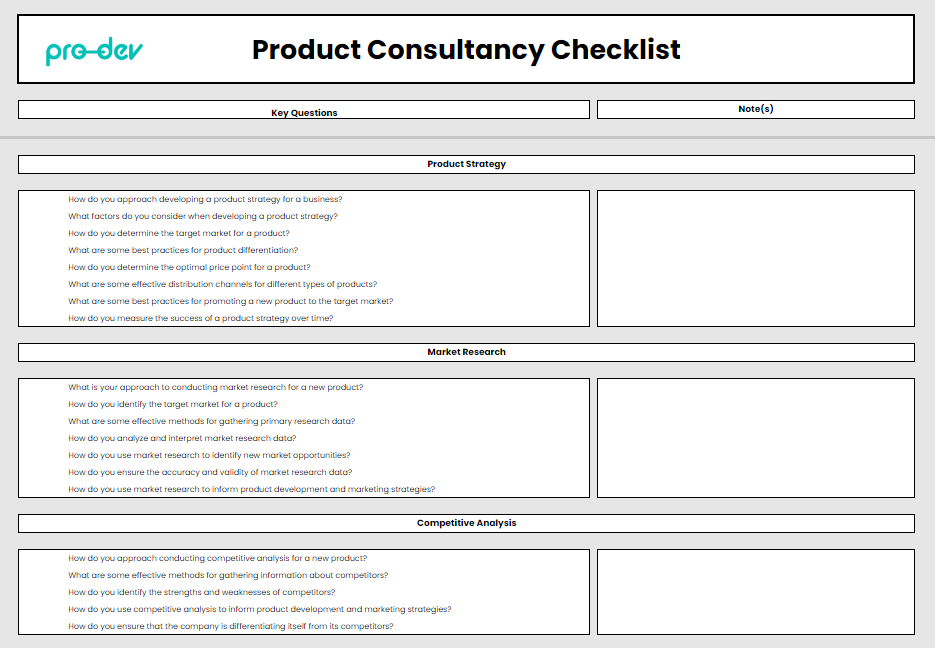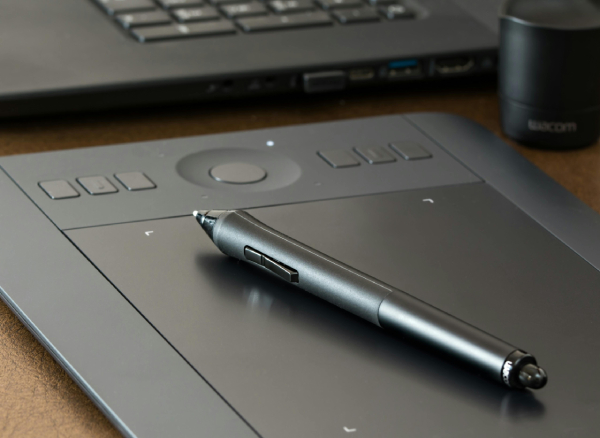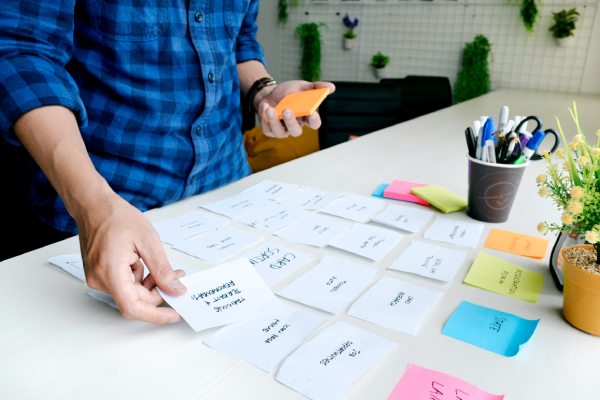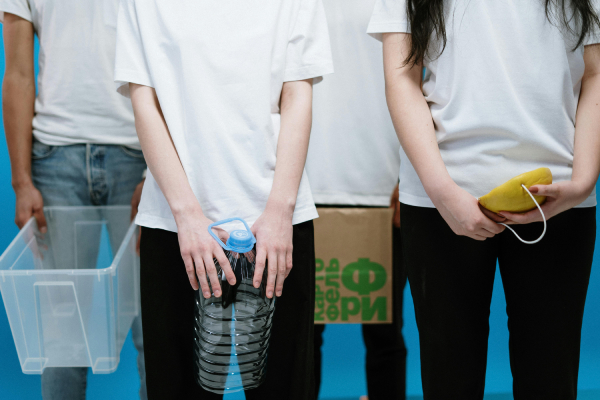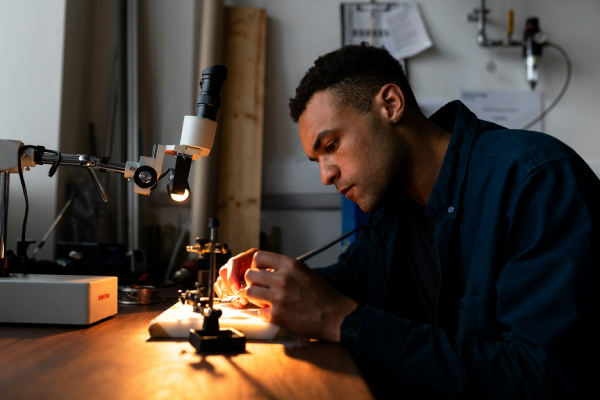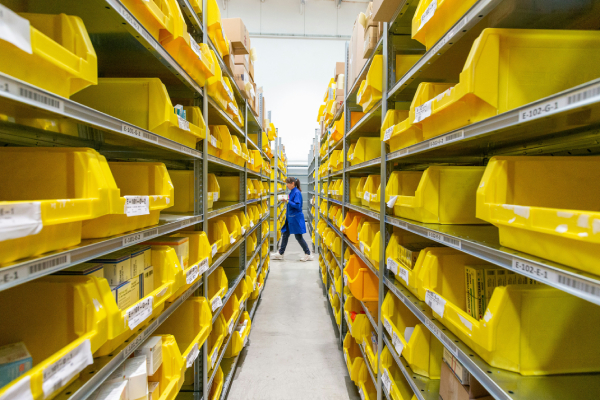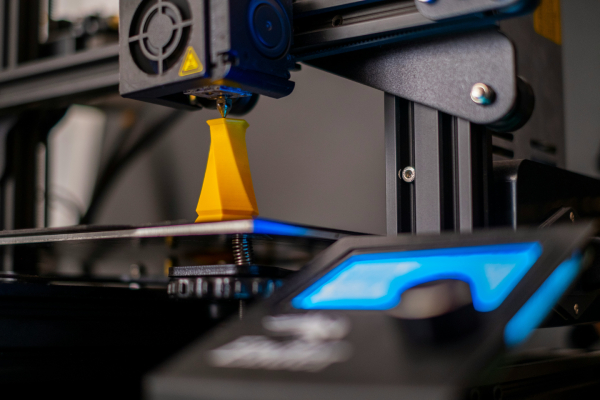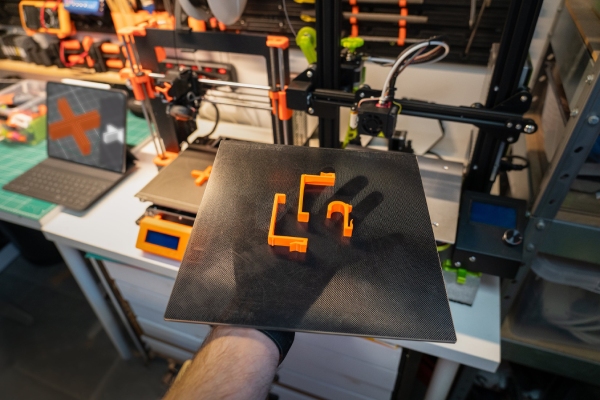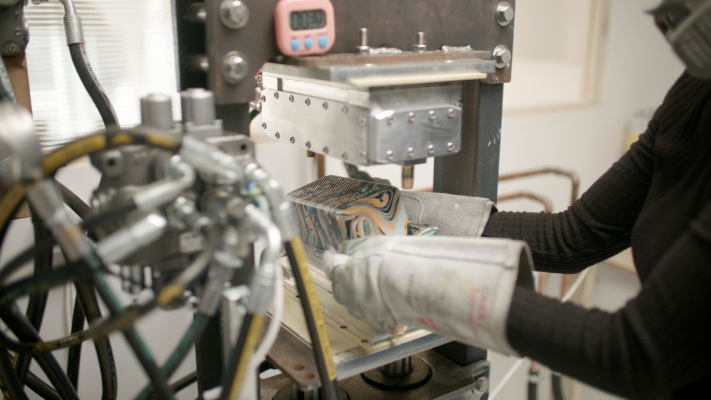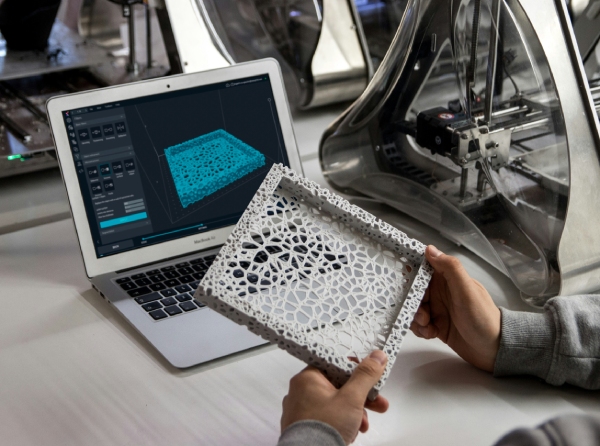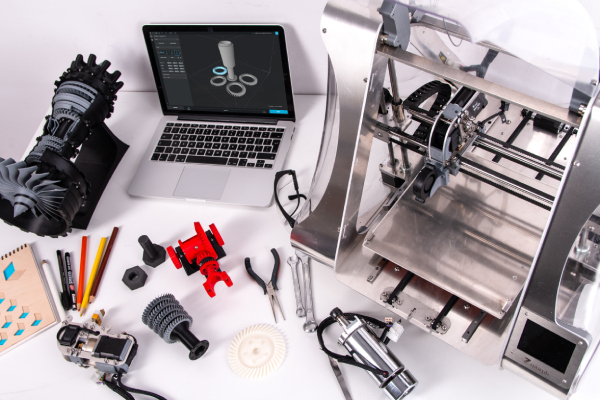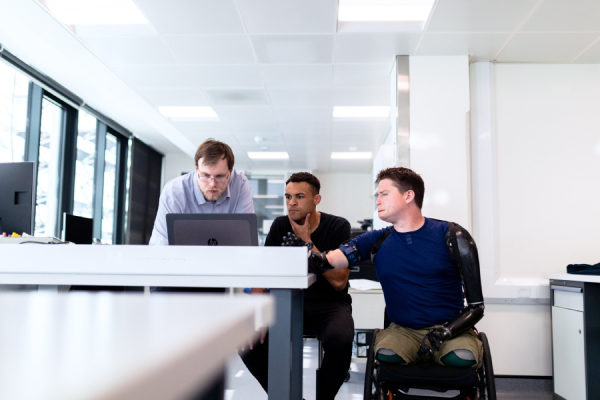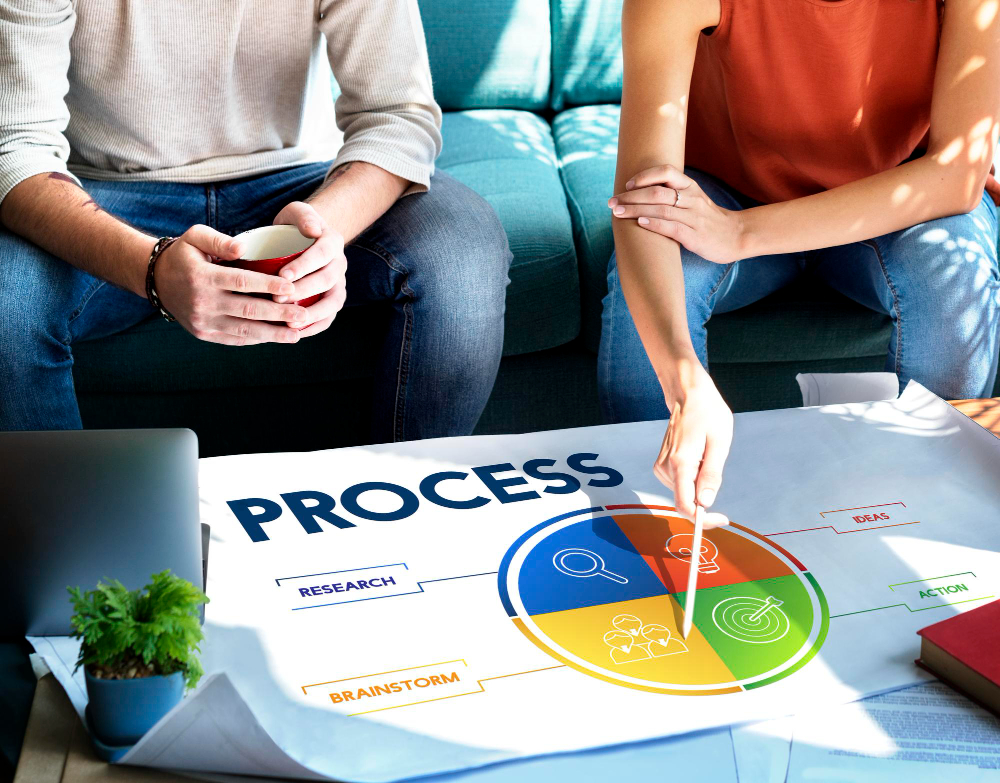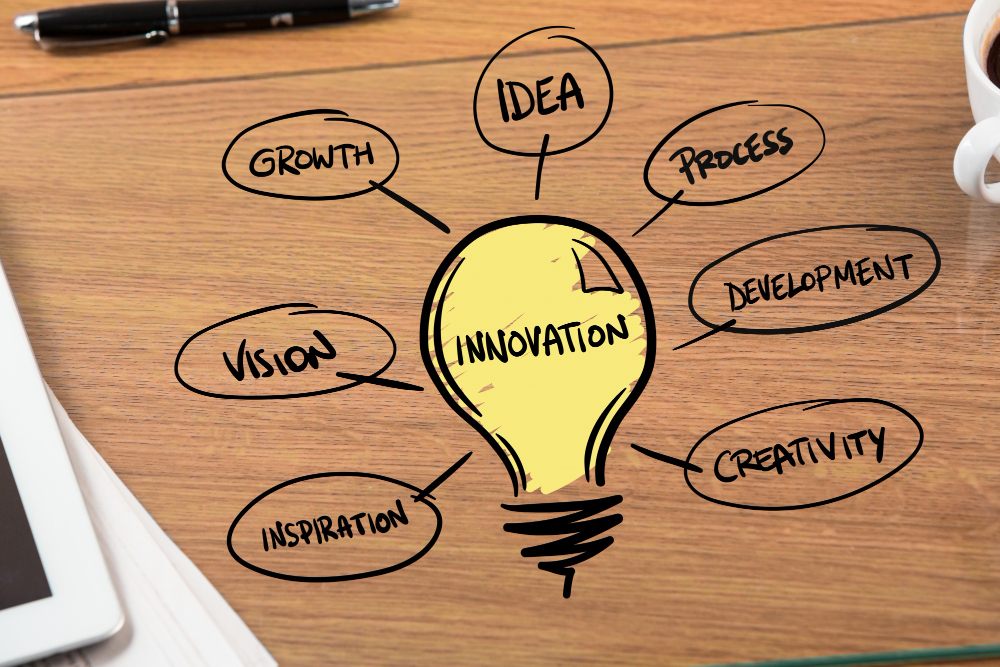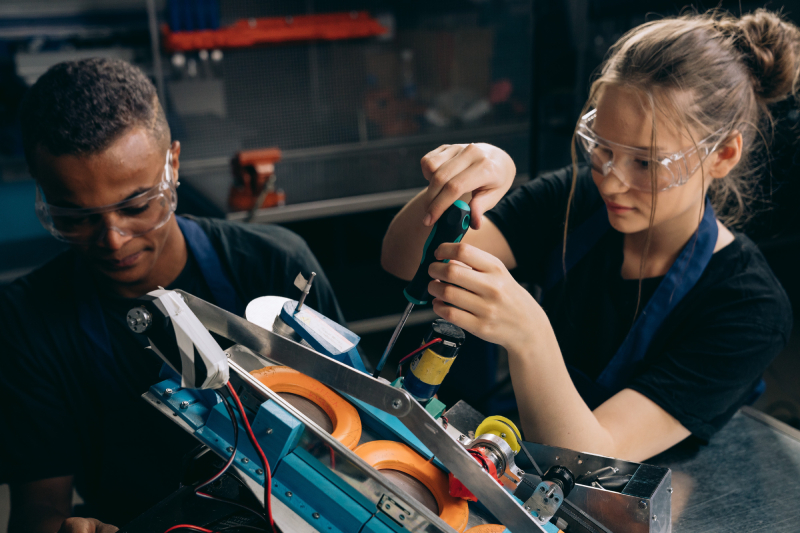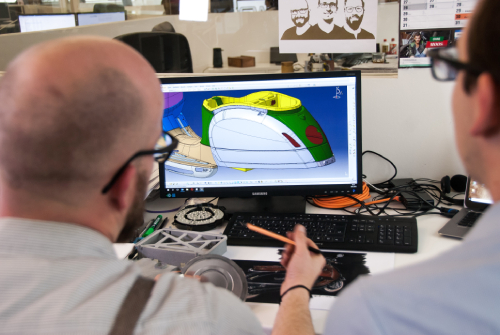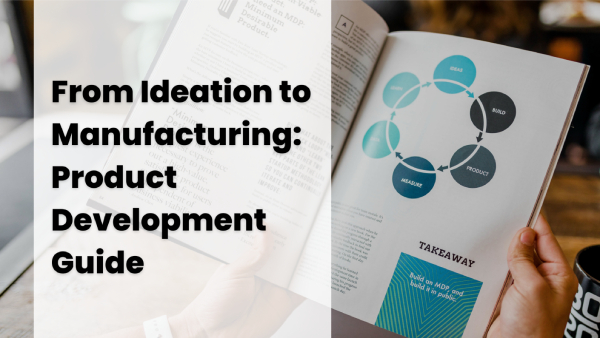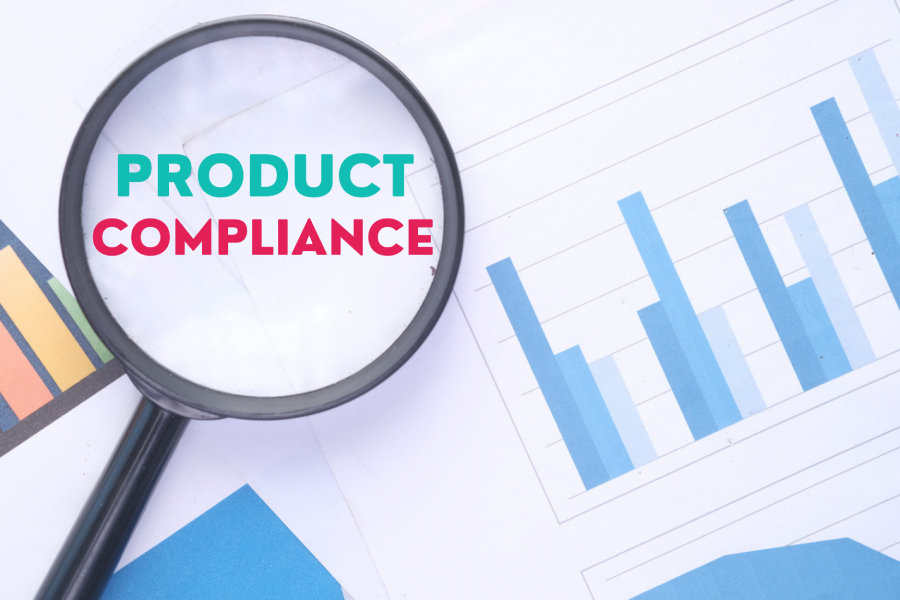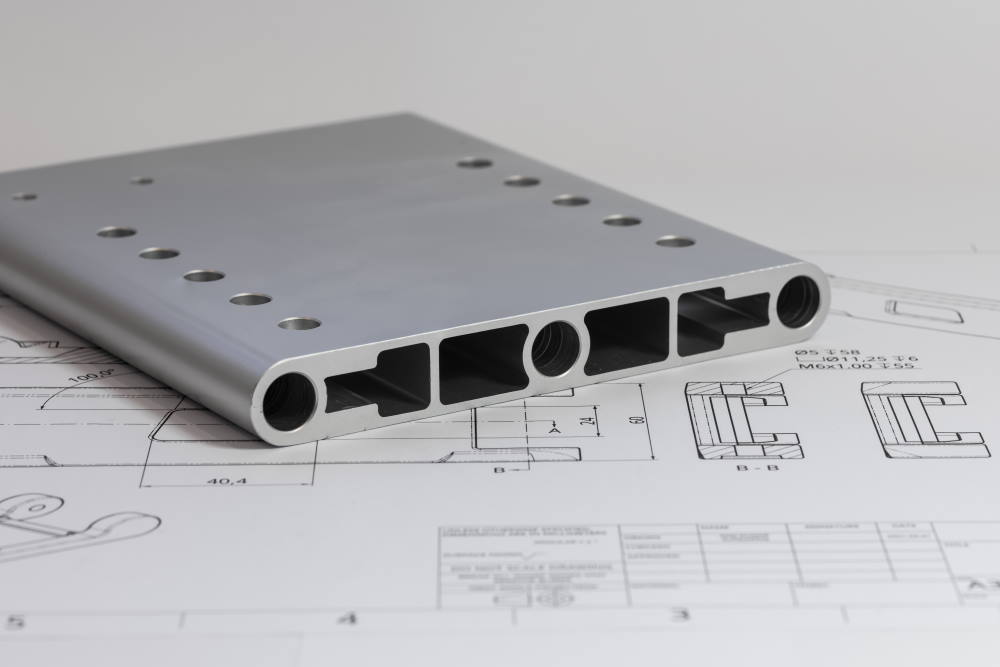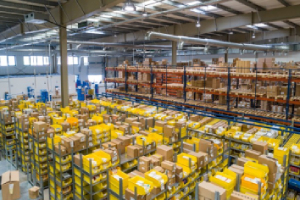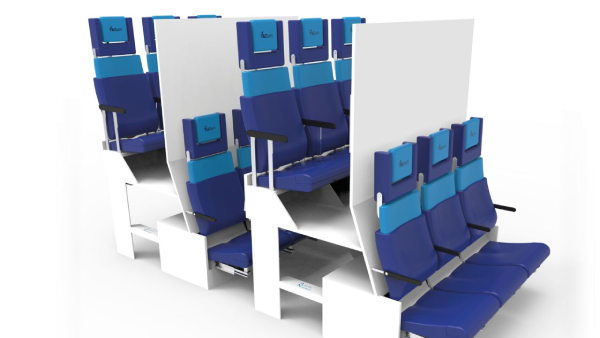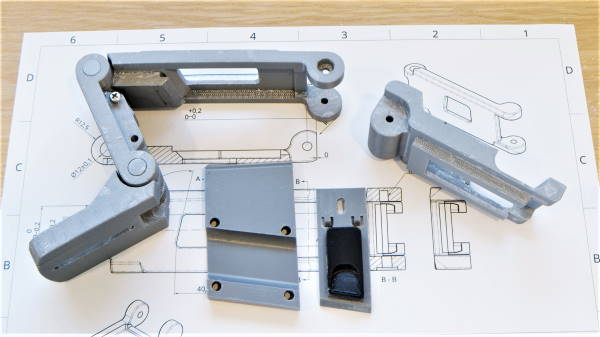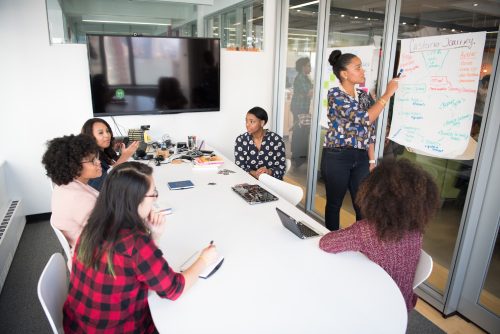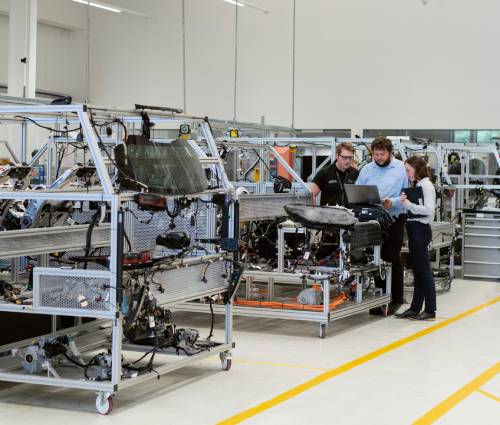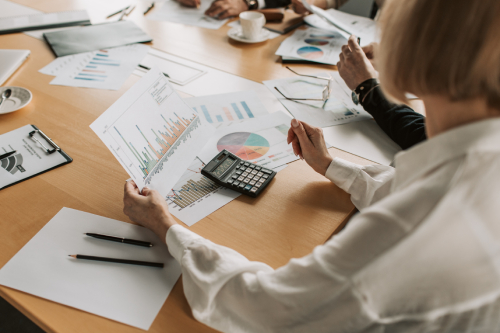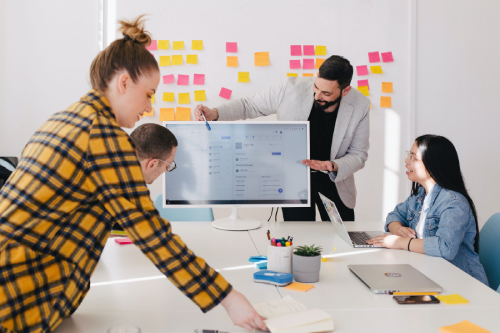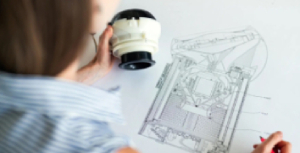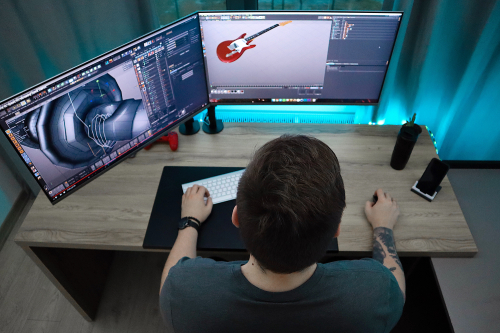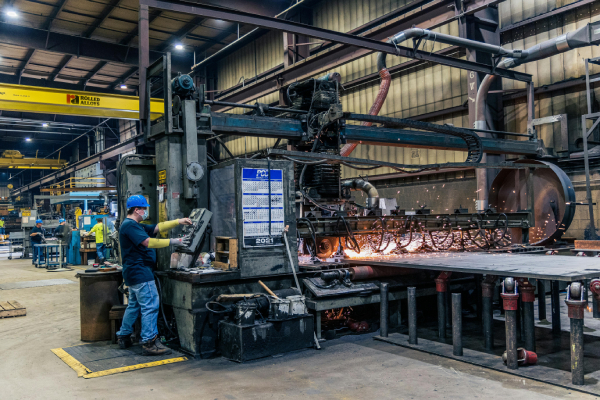
In product design, every decision is significant to the final output. This includes the choice of materials, which plays a pivotal role in the product’s success. These materials enhance functionality, contribute to the visual appeal, and ensure sustainability. Thoroughly selecting the materials can also help optimise manufacturing costs and achieve profitability.
Additionally, procuring the right materials can improve the product’s durability. They must also comply with safety regulations and industry standards to protect consumers and mitigate legal liabilities. Industrial design Christchurch experts, as well as others around the world, understand the importance of product design materials. They work together with designers and brands to produce exceptional results using high-quality materials.
If you’re designing a product, take note of the following considerations as you explore the best materials for your products.
Functionality and Performance
When choosing materials for product design, their functionality is one of the most important considerations. They must not just perform optimally but also do so under various conditions. For instance, in automotive design, materials must withstand extreme temperatures and mechanical stresses. Aluminium and its alloys are some popular choices because they’re lightweight yet strong, with excellent thermal conductivity. They are commonly used in engine blocks, cylinder heads, and suspension components.
On the other hand, in consumer electronics, materials must provide thermal conductivity and electrical insulation. This is why ceramic materials like aluminium oxide and beryllium oxide are commonly used. They’re often used as substrates for electronic components, heat sinks, and insulating layers in semiconductor devices.
Durability
The materials’ ability to withstand wear and tear, environmental exposure, and long-term use is just as vital in selecting the best ones. This involves assessing factors like mechanical strength, chemical resistance, weatherability, and resistance to degradation over time. As a tip, choose durable materials with proven performance characteristics to enhance the longevity and reliability of products.
For example, metals are widely known for their strength, durability, and aesthetic appeal. In particular, steel offers high strength and durability. This also makes it a suitable material for construction, automotive, and household appliances.
Aesthetics and Branding
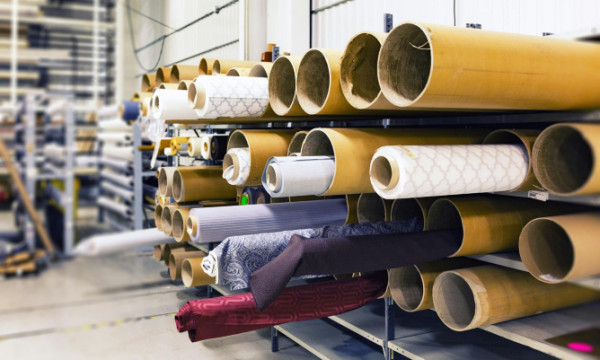
The aesthetic qualities of materials also play a crucial role when making a selection. They shape the overall design language and brand identity of a product. The chosen materials must resonate with consumers and reinforce brand values. Having said that, consider the visual and tactile characteristics of materials. It can include their texture, colour, finish, and surface details.
Wood is a timeless material cherished for its natural beauty and warmth. Particularly, hardwood species like oak, maple, and walnut are quite popular for their aesthetic appeal. They’re commonly used when making furniture and cabinetry.
Fabric is another material that elevates a product’s aesthetic quality. Cotton is prized for its softness and breathability, while nylon is strong and abrasion-resistant.
Cost-effectiveness
Apart from how materials look, feel, and perform, cost is also an important factor. It ensures that the product remains within budget constraints. As a designer, you need to think about the upfront cost of materials along with production efficiency, labour costs, waste management, and transportation expenses to optimise cost-effectiveness throughout the product life cycle.
Plastics, such as polyethene (PE), polypropylene (PP), and polyvinyl chloride (PVC), are some of the most cost-effective materials. They can be used in a wide range of products, including packaging, consumer goods, construction materials, and automotive components. Another material worth considering is engineered wood products like plywood since they’re more affordable than solid wood.
Environmental Impact

With increasing awareness of environmental sustainability, it’s best to prioritise materials with minimal environmental impact. This means looking for materials that have less impact on resource depletion, energy consumption, and greenhouse gas emissions. Moreover, the materials should produce less waste during their extraction, production, and disposal.
One option is to choose recyclable and biodegradable materials. Also, consider those that use renewable resources to help minimise the environmental footprint of the products you design.
User Experience and Ergonomics
The materials you choose can significantly impact the user experience, comfort, and ergonomics of products. So, explore materials that provide appropriate tactile feedback, grip, cushioning, insulation, and other sensory qualities to enhance usability and user satisfaction. You can also consider how the material will affect weight distribution, balance, and ease of handling. Apart from functional and great-looking products, you’ll want to prioritise ease of use as well as the overall user experience.
Regulatory Compliance and Safety
Make sure to choose materials that comply with safety regulations and industry standards to protect consumer health and safety. Follow the safety regulations set by your local government as well as the region where your business is operating in. It’s also best to check the industry-specific standards to see if your company is in full compliance.
Additionally, consider regulations regarding environmental sustainability, such as restrictions on hazardous materials or requirements for product recycling and disposal. Take note of consumer protection laws, too. These can include proper product labelling, warranties, and best advertising practices.
To ensure you remain compliant throughout the production process, research and stay informed about relevant laws and standards. You can also consider seeking guidance from legal experts or industry associations to help navigate regulatory requirements effectively.
Finding the right materials for product design is a crucial step to ensuring you get the best outcome before your product is released on the market. When exploring different materials, keep in mind the factors mentioned above. Check potential trade-offs, too and balance them. Moreover, collaborate with trusted product designers. This way, you can make informed decisions and come up with the best products that resonate with your consumers and brand.
